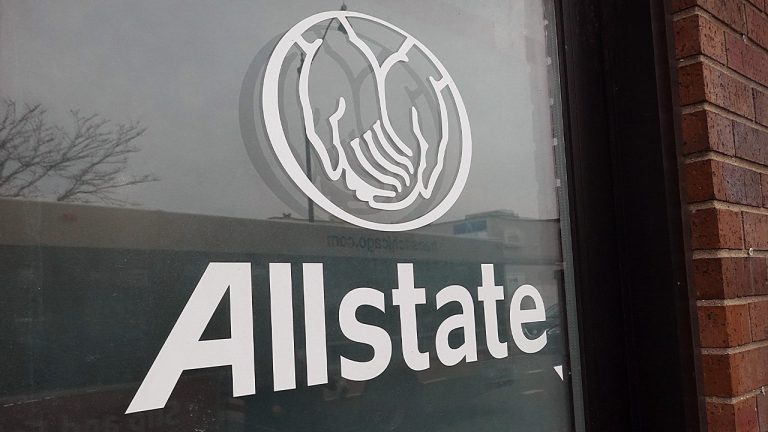
First-time buyers could have missed out on up to £244 million of ‘free money’ last year because they didn’t take advantage of a government-backed savings scheme designed to help boost their deposit.
Most recent HMRC data shows 56,100 people got their first foot on the property ladder with the help of a Lifetime ISA (LISA) during the 2022/2023 tax year.
A LISA is an incentivised savings product designed to help young people build long-term savings habits to help them buy their first home or save for a comfortable retirement.
From the age of 18, savers under 40 can pay in up to £4,000 each year until they reach 50 and the government will add a 25 per cent bonus to savings – added monthly – up to a maximum of £1,000-a- year.
However, records show that during the last full tax year (2022/2023), there were approximately 300,000 recorded first-time buyers in the UK.
That means as many as 243,900 first-time homeowners missed out on a 25 per cent government bonus on their deposit savings – up to £1,000 of ‘free money’ last year alone.
With saving for a deposit now estimated to take an average of 10 years, had all those who bought their first home last year saved for a deposit with a Lifetime ISA, paying in £4,000 each tax year, they would have had a deposit of £50,000 for their first home.
This is made up of £40,000 of direct savings contributions, and an additional £10,000 of ‘free money’ via the government bonus.
Depending on whether an they saved into a Cash LISA or invested through a Stocks & Shares LISA, their deposit could even have exceeded £50,000 based on interest rate payments or stock market returns.
Brian Byrnes, head of personal finance at savings and investing app Moneybox, which compiled the data, said: “Saving a suitable deposit continues to be one of the biggest hurdles many face on the journey to buying their first home.
“The Lifetime ISA has been a fantastic helping hand to first-time buyers and has enabled an entire generation to realise their dream of buying their own home the length and breadth of the country.
“More than 170,000 first homes have been purchased since the product was first introduced in 2017.
“However, with more than 18 million Brits eligible to open a Lifetime ISA, it is clear that the true opportunity and benefits of this product are yet to be realised at scale.
“In fact, in the last year alone, we have seen a 43 per cent increase in the number of young savers opening a Moneybox Lifetime ISA.”
Because the product is intended to provide a boost for first-time buyers or later life savers, withdrawing money for any other reason currently incurs a 25 percent penalty fee, meaning savers may get back less than was paid in.
Moneybox data showed that when its LISA savers made a withdrawal in 2023, it was for an average of £758, costing them £158 of their original savings.
There is also currently a £450,000 price cap on any first-time property purchased with a LISA.
Brian Byrnes added: “While the Lifetime ISA property price cap has affected less than one per cent of our customers to-date, we recognise that if the price cap had risen in line with house prices it would stand at £607,000.
“Since the Lifetime ISA was first introduced in 2017, the UK has endured a global pandemic, soaring inflation, interest rate hikes, and a cost-of-living crisis, yet the product rules have remained the same.
“That is why over the last year, we have been campaigning for HM Treasury to future-proof the Lifetime ISA, by reviewing the property purchase price cap and penalty on unauthorised withdrawals, to ensure it continues to provide a much-needed lifeline to the next generation of first-time buyers.
“As we look ahead to the Spring Budget, we strongly urge the Chancellor to take some simple measures that would deliver tangible near-term financial benefits and much-needed reassurance to first-time buyers who have faced spiralling costs of living and increased affordability challenges in recent years.”







